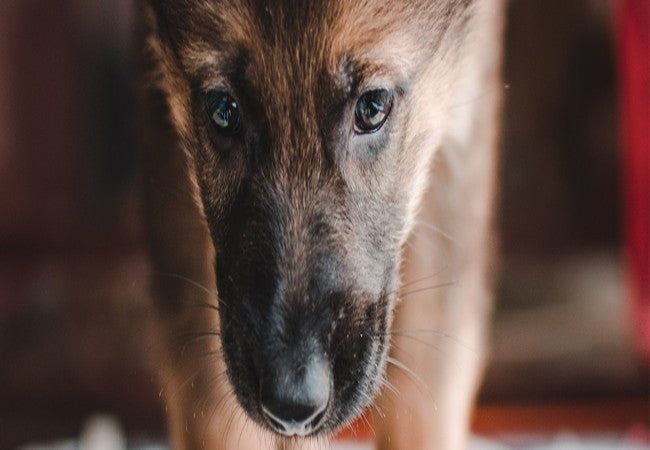Veterinary Guide to Intussusception in Dogs (2025)🐶

In this article
Veterinary Guide to Intussusception in Dogs (2025)🐶
By Dr. Duncan Houston BVSc
🔍 What Is It?
Intussusception occurs when one section of the intestine telescopes into an adjacent segment, creating a blockage that can cut blood flow and cause necrosis. It's most common in puppies under 1 year, though it can occur in older dogs. 🩺
💡 Common Causes & Risk Factors
- Often idiopathic but may follow gastrointestinal inflammation—enteritis, parasites, surgery, foreign bodies, cecal inversion, or tumors.
- Puppies (<12 mo) are especially at risk, but any age can be affected.
🚨 Signs to Watch For
- Sudden vomiting, diarrhea (possibly bloody), decreased appetite, lethargy, and dehydration.
- Abdominal pain—dogs often hunch (“praying position”), cry, or whimper; may have palpable tubular abdominal mass.
- Signs may wax and wane if partial—intermittent episodes for weeks are reported in some cases.
🔬 Making the Diagnosis
- Physical exam may reveal pain or an abdominal “sausage” mass.
- X-rays: look for signs of bowel obstruction—fluid/gas-distended loops.
- Ultrasound: most reliable. Concentric “bullseye” (transverse) or “sandwich/pseudokidney” (longitudinal) patterns are diagnostic.
- Contrast radiography (barium) is an alternative when ultrasound isn't available.
- Bloodwork and hydration status help stabilize pre-surgery.
🛠 Treatment Steps
- Immediate care: Hospitalize, aggressive IV fluids, correct electrolytes, pain relief, antibiotics if perforation suspected.
- Surgical repair: Laparotomy to manually reduce if viable, or resect and anastomose damaged segments.
- Enteroplication: Suturing adjacent loops may reduce recurrence risk (~6–27%)—used selectively due to potential complications.
- Special cases: Gastric/esophageal intussusceptions require tailored surgery (e.g., gastropexy, partial gastrectomy).
📈 Prognosis & Follow-Up
- Prognosis is good with early surgery and stabilization.
- Recurrence occurs in 11–27%, especially without enteroplication.
- Post-op care includes gradual reintroduction of food, pain management, hydration, and monitoring for infections or leakage.
- Deworming, biopsy, or dietary adjustments may address underlying triggers.
🛡 Prevention & Owner Advice
- Maintain parasite prevention and cautious dietary changes.
- Prevent foreign body ingestion—secure toys, bones, and household items.
- Seek immediate veterinary attention for any GI symptoms—earlier is safer!
🔧 Tools & Support
- Ask A Vet App: 24/7 guidance on symptoms, imaging interpretation, transport decisions 📱
✅ Final Thoughts
Intussusception is a life-threatening intestinal emergency. With timely imaging, rapid stabilization, surgical correction, and focused follow-up care—including optional enteroplication—most dogs recover well. Utilizing Ask A Vet, supports owners through acute care and recovery into 2025 and beyond. 🐾❤️
Download the Ask A Vet app today for assistance with early signs, diagnostic steps, and recovery protocols. 📱💡






